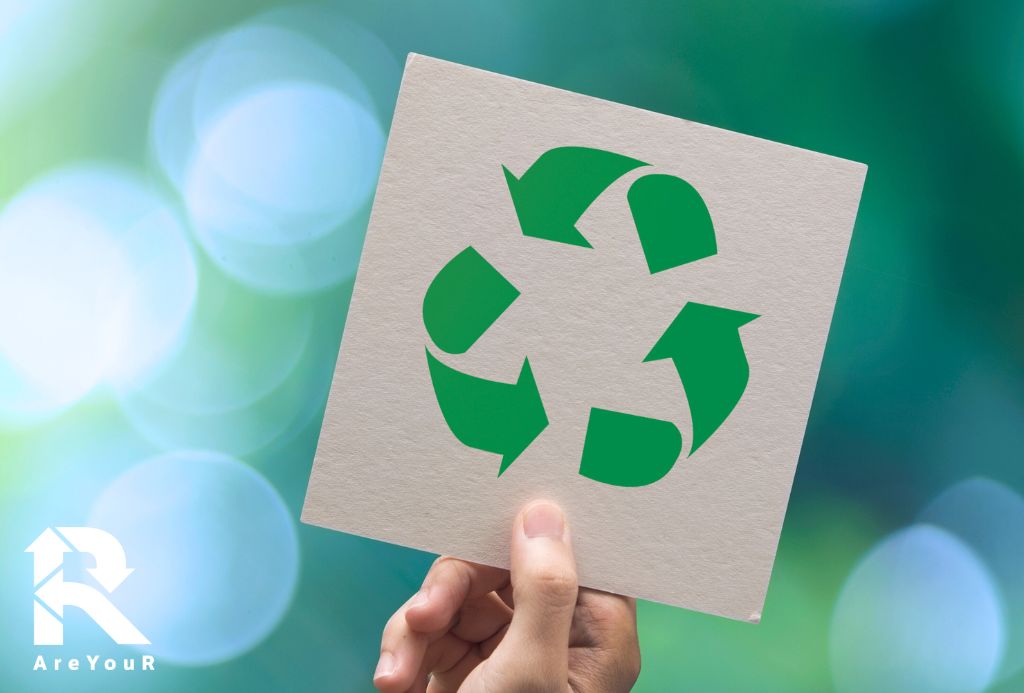In the vast array of new environmental terms floating around on social media and the internet, “closed-loop recycling” stands out for its innovative approach to recycling. But what exactly is closed-loop recycling, and why is it so important?
Closed-loop recycling is the process that transforms existing manufactured items at the end of their lifecycle into new products, often identical to the original, through a highly rigorous recovery cycle. In particularly virtuous contexts, this process can occur within the same facility that produced the initial item, representing a notable standard of excellence within the recycling sector.
This recycling model is based on the principle of zero waste for raw materials. It includes the recovery of discarded materials and the management of internal production waste to enhance sustainability. Essentially, it is an approach that aims to minimize waste at every stage of the production process.
Closed-loop recycling applications in the plastic industry
The plastic industry is well-suited for the closed-loop recycling model. Examples of potential raw materials that can be fed back into the production cycle include non-conforming products, out-of-market articles, packaging with graphic errors, and surplus stock. This approach optimizes the recovery and reuse of resources, allowing for the “closing of the loop”.
Manufacturers of plastic containers and packaging are increasingly implementing internal waste reuse practices. For instance, used polystyrene seedbeds are collected and then reprocessed into seedbeds ready to be used again. Likewise, manufacturers of PE bags and packaging incorporate discarded materials and non-compliant items back into their manufacturing processes, sometimes in real time. Large paper mills and box factories also recycle scraps, paper, cardboard, and irregular boxes to minimize waste.
In certain environmentally conscious areas, local governments play a part in supporting the cycle of sustainability. They provide specific types of plastic to companies, which then use them to manufacture bins, baskets, and bags for separate waste collection within the municipality, thus helping to close the recycling loop and reduce the overall environmental impact.
To sum up, closed-loop recycling is an advanced method of recycling that seeks to minimize environmental impacts by efficiently managing waste and continuously optimizing resources. This approach is gaining recognition from certifying bodies, showing that a more sustainable future is achievable.

